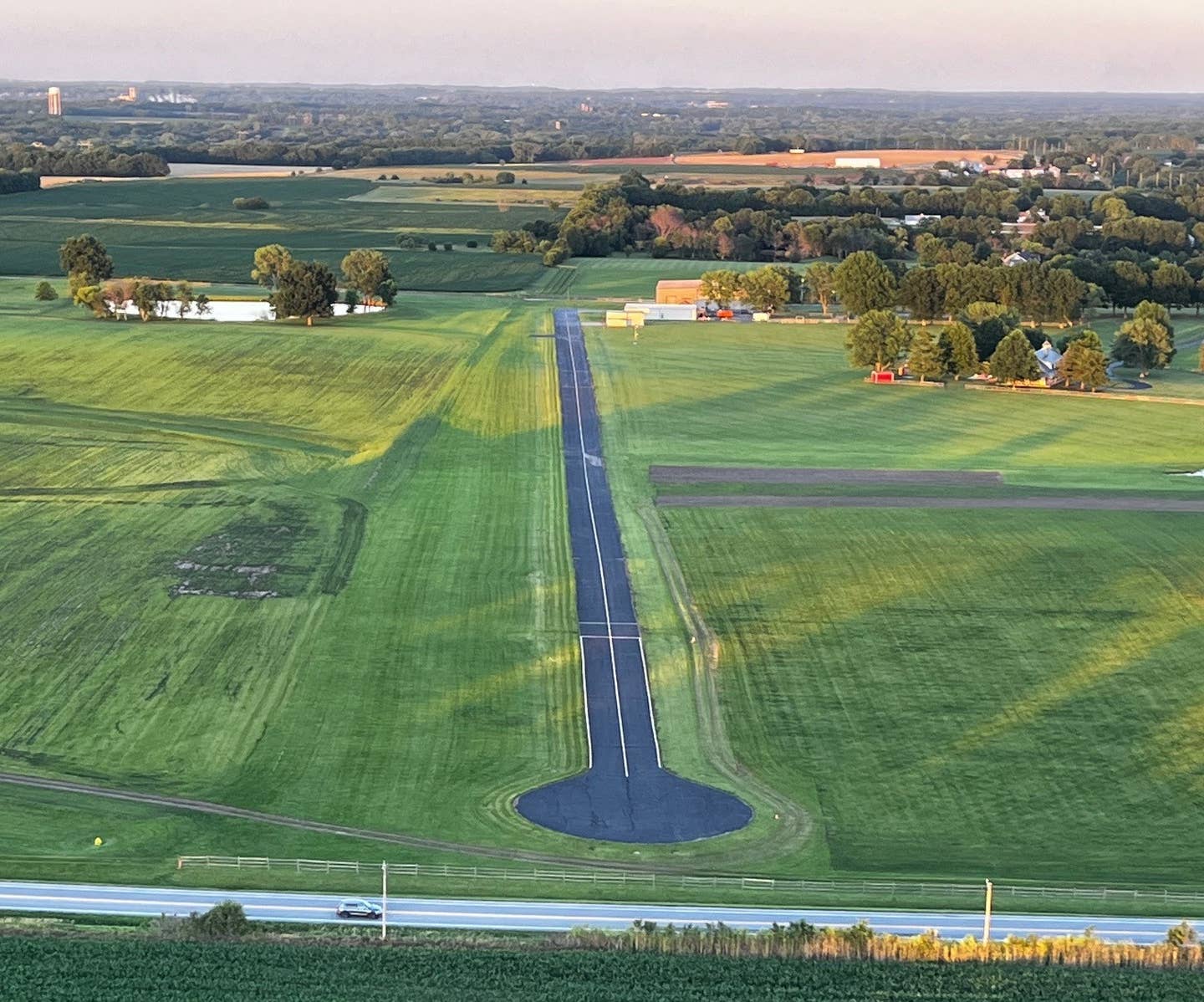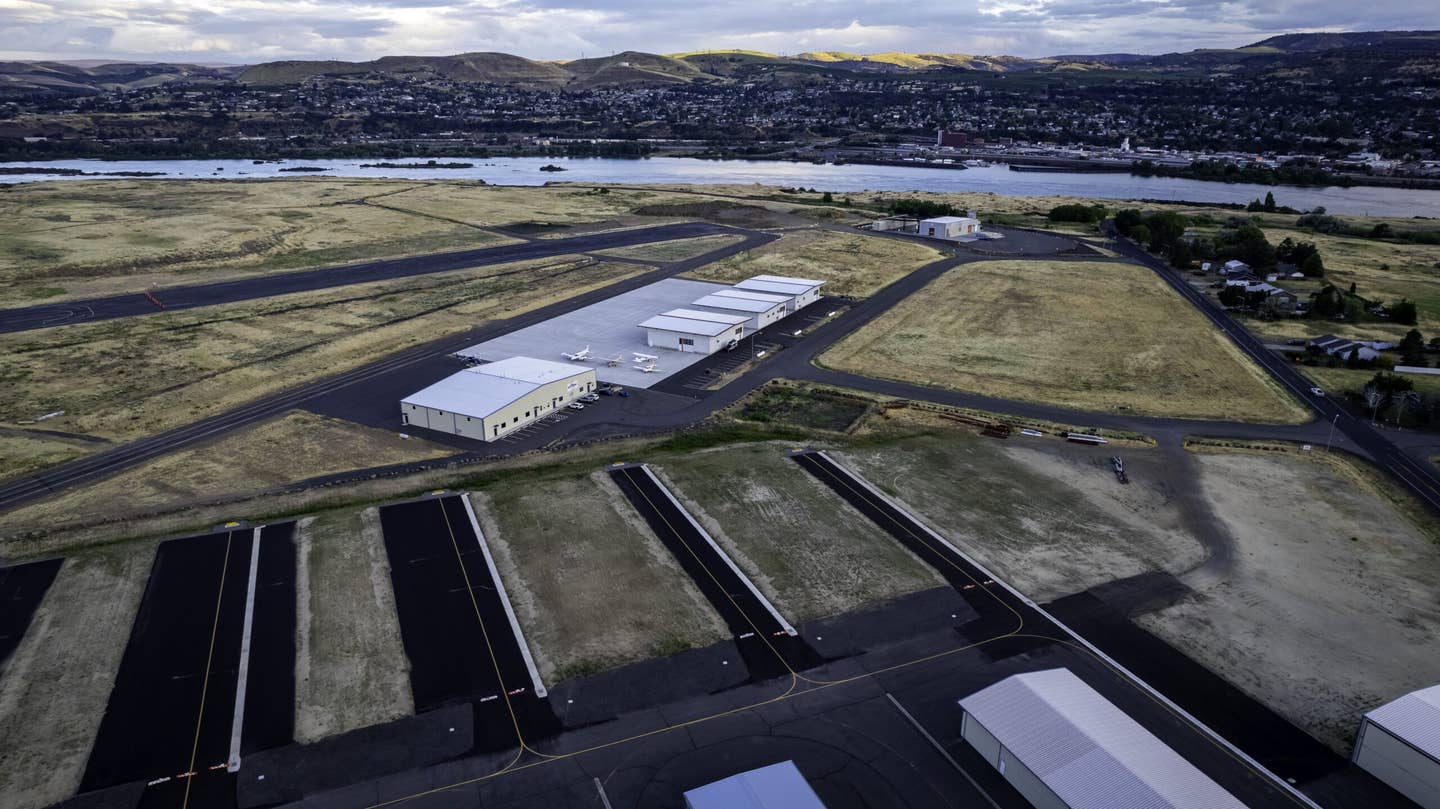Your Ideal Aircraft Belongs on ATC Radar
Routinely talking with controllers makes flying safer, more efficient, and less stressful.

Getting to Cape May County Airport (KWWD) is easier when you talk to ATC. [Credit: Jonathan Welsh]
One of the best things about flying from my home airport in Sussex, New Jersey (KFWN), is that it is a non-towered field with plenty of uncontrolled airspace surrounding it. For a long time, that meant freedom for me, as it does for many VFR-only private pilots.
The airport is near the northern tip of the state, and you can fly into New York and Pennsylvania, and all over New England, without ever having to speak with an air traffic controller. For many years this arrangement suited me well because I rarely traveled long distances, and when I did, avoiding busy airspace around Boston and New York was easy.
Lately, though, I have begun taking more ambitious trips covering hundreds of nautical miles. I also have my own airplane, which is a lot faster and more capable than the Cessna 172 I flew previously. Traveling as directly as possible has become a priority as my range of destinations has diversified and the legs have grown longer. Besides, I want to give my passengers, typically my family, as much of a safe, professional, airline-like experience as possible.
The result of all this feels like a sort of conversion. After spending most of my flying career avoiding ATC, I now talk to controllers on most flights. Part of the reason is that I have begun flying to more places that happen to have towered airports. But I have also realized that passing through controlled airspace is faster and less stressful than flying under, over, or around it.
A recent flight from Sussex to Cape May, New Jersey (KWWD), is a good example. This is an especially appealing trip because Cape May is a beautiful, popular beach town that, during the summer, could cost you several hours in slow-moving highway traffic. It makes a strong case for flying, as our Commander 114B can make the 132 nm transit in an hour.
The wrinkle is that flying south from Sussex is more challenging than heading north, and what seems at first like a simple due-south jaunt actually presents a number of airspace considerations. The direct flight path takes you close to New York Class B early in the flight and Atlantic City (KACY) Class C toward the end. Right in the middle, though, you encounter Philadelphia (KPHL) Class B and the military airspace over Joint Base McGuire-Dix-Lakehurst (KWRI), which overlap on your course. Skirting this area requires a major, time-consuming diversion that eats away at the advantage of going by air.
I called New York Approach about 10 minutes into the flight, got a squawk code, and the rest was straightforward. They handed me off to Philadelphia, which guided me for most of the trip, including the overlap with McGuire, before switching to Atlantic City. Radar service ended about 15 miles from Cape May, giving me time to descend for arrival on 19. I think one cross-country flight, alone with the radio, will convince most ATC-averse pilots to get in touch.
In hindsight, it is clear that I quietly avoided flying to Cape May for years because every time I considered that busy-looking route on the chart, I found other, less-demanding flights to take. So much for freedom. Embracing the air traffic system has opened up the skies and vastly improved our travel experience. Radar service has turned out to be a good thing, typically getting us from A to B faster than if we had skipped ATC.
Longtime IFR pilots who routinely communicate with controllers might tell radio-shy colleagues to just get over it, key the mic and start talking. In a way, they are right. Getting past our apprehension toward ATC is like slipping into a cold swimming pool. Immersion tends to be the most effective method. It is also a good idea to review radio procedures, practice making concise, accurate calls, and if it helps, develop an in-character radio voice. I go back and forth between Bob Hoover and Lyle Shelton.

Subscribe to Our Newsletter
Get the latest FLYING stories delivered directly to your inbox






